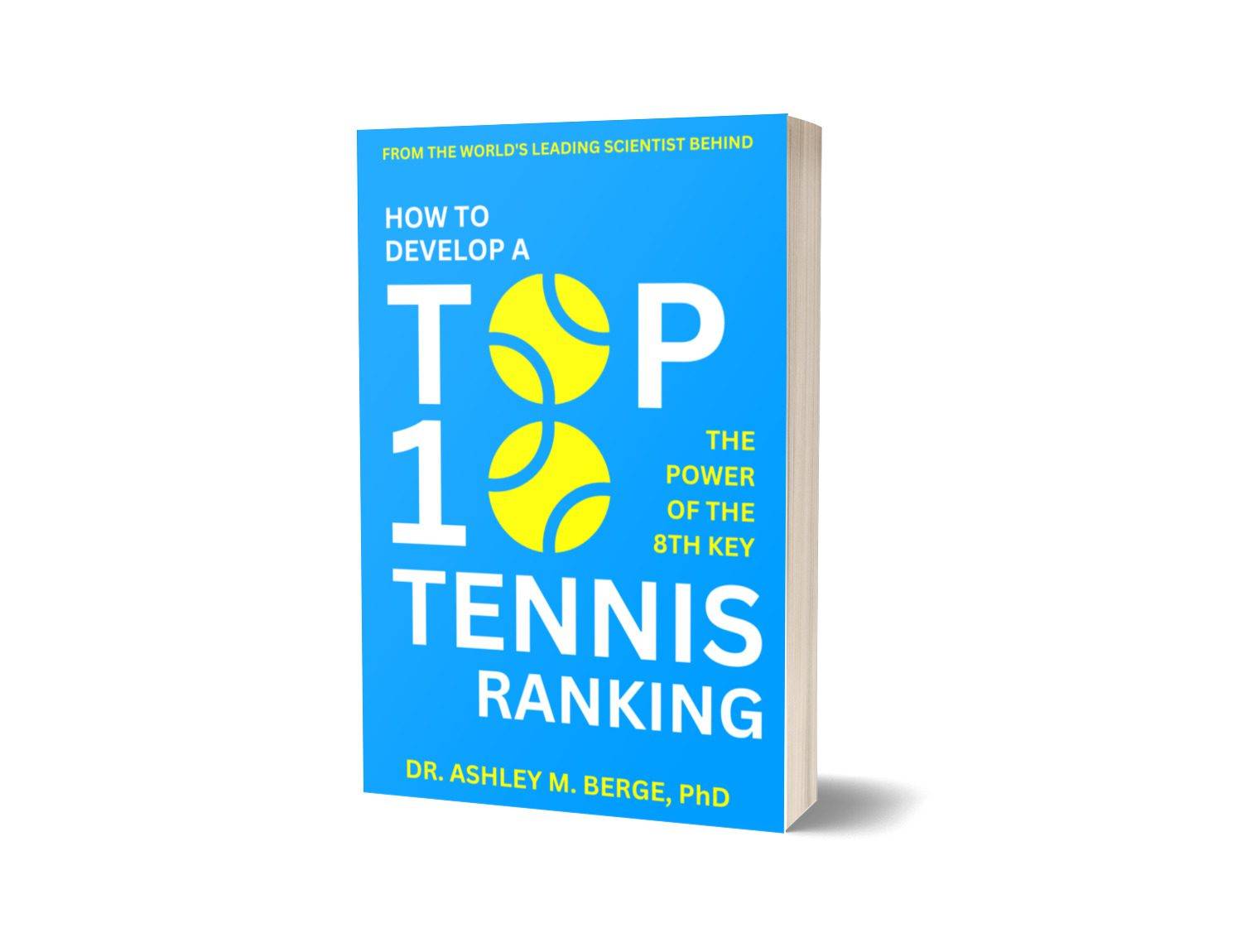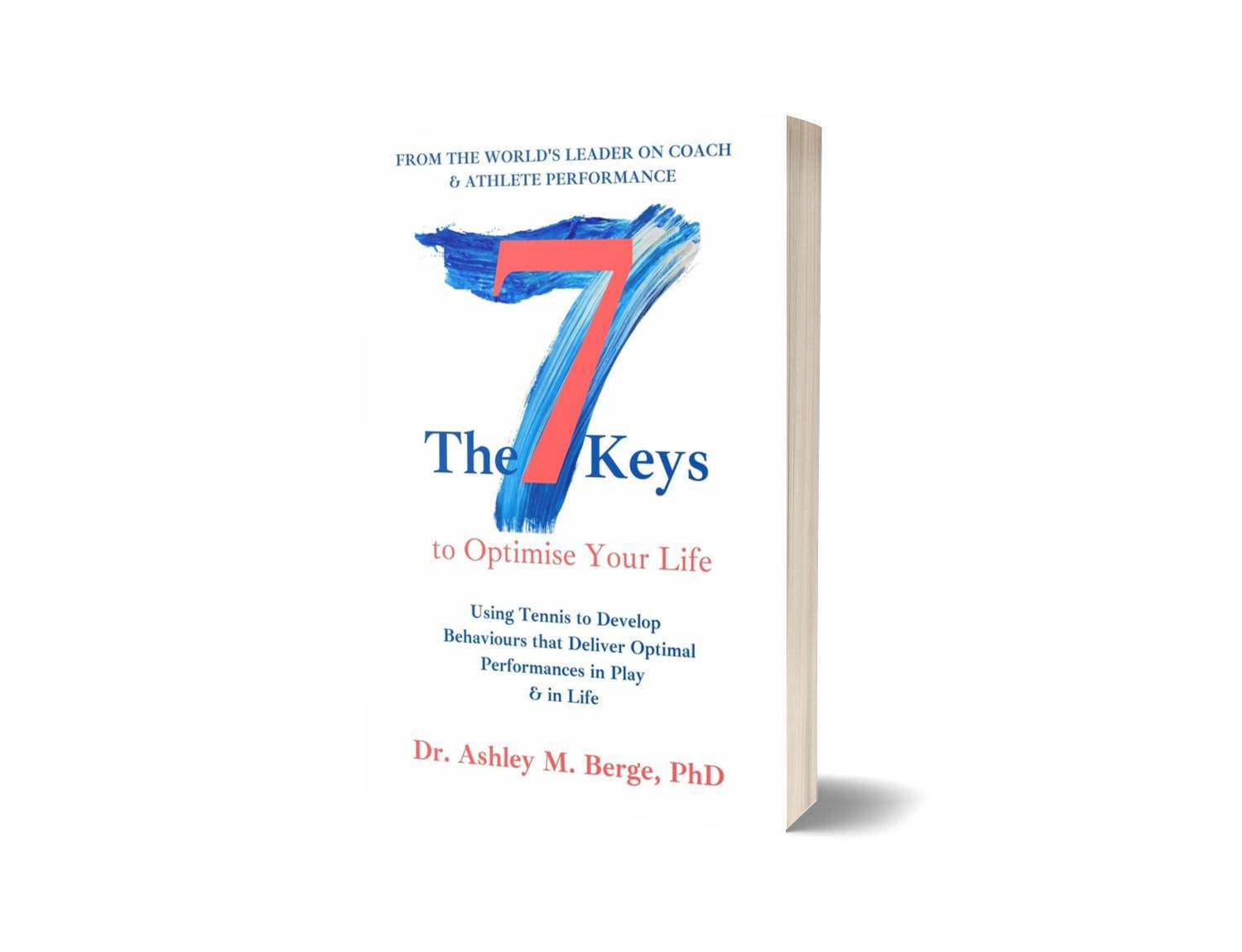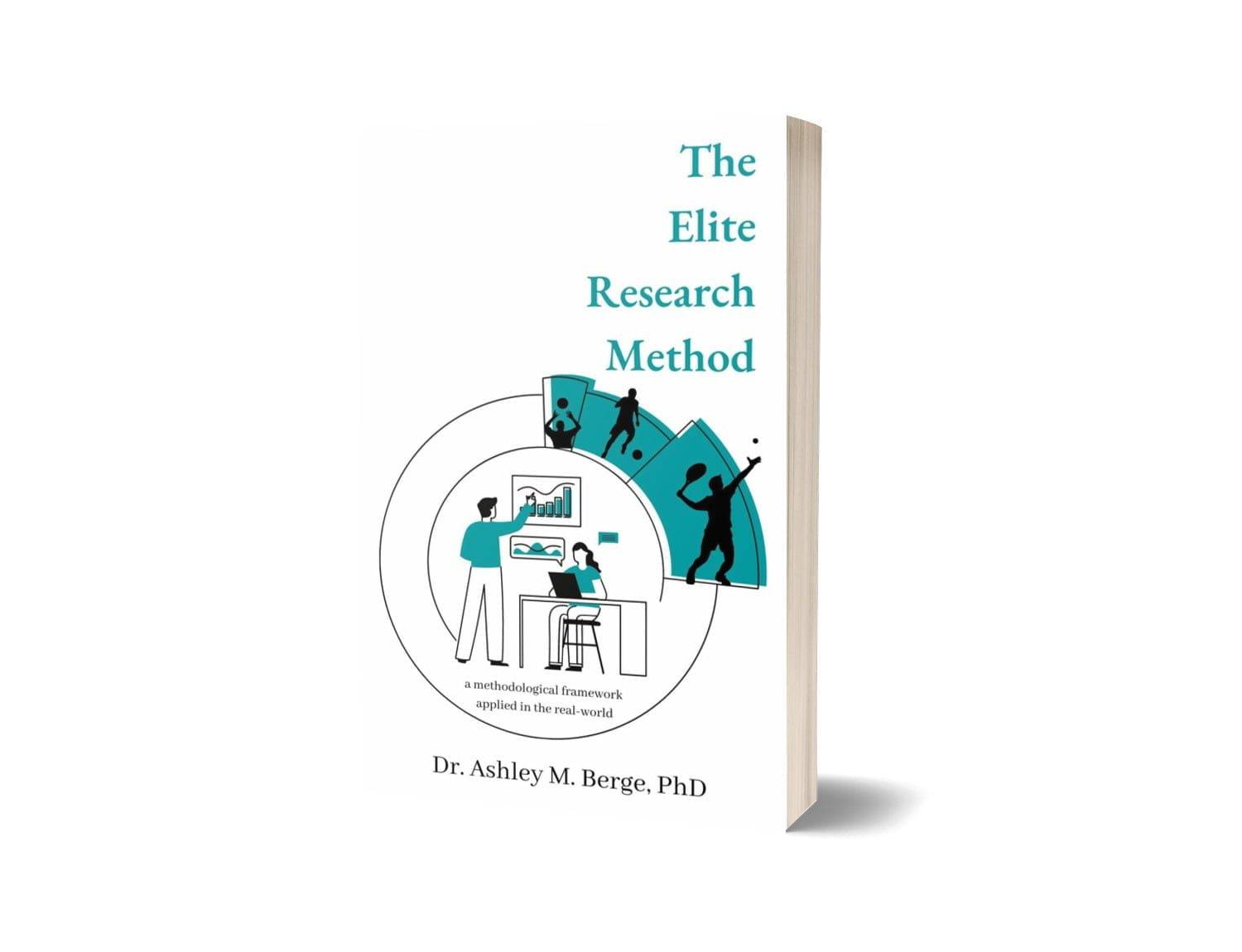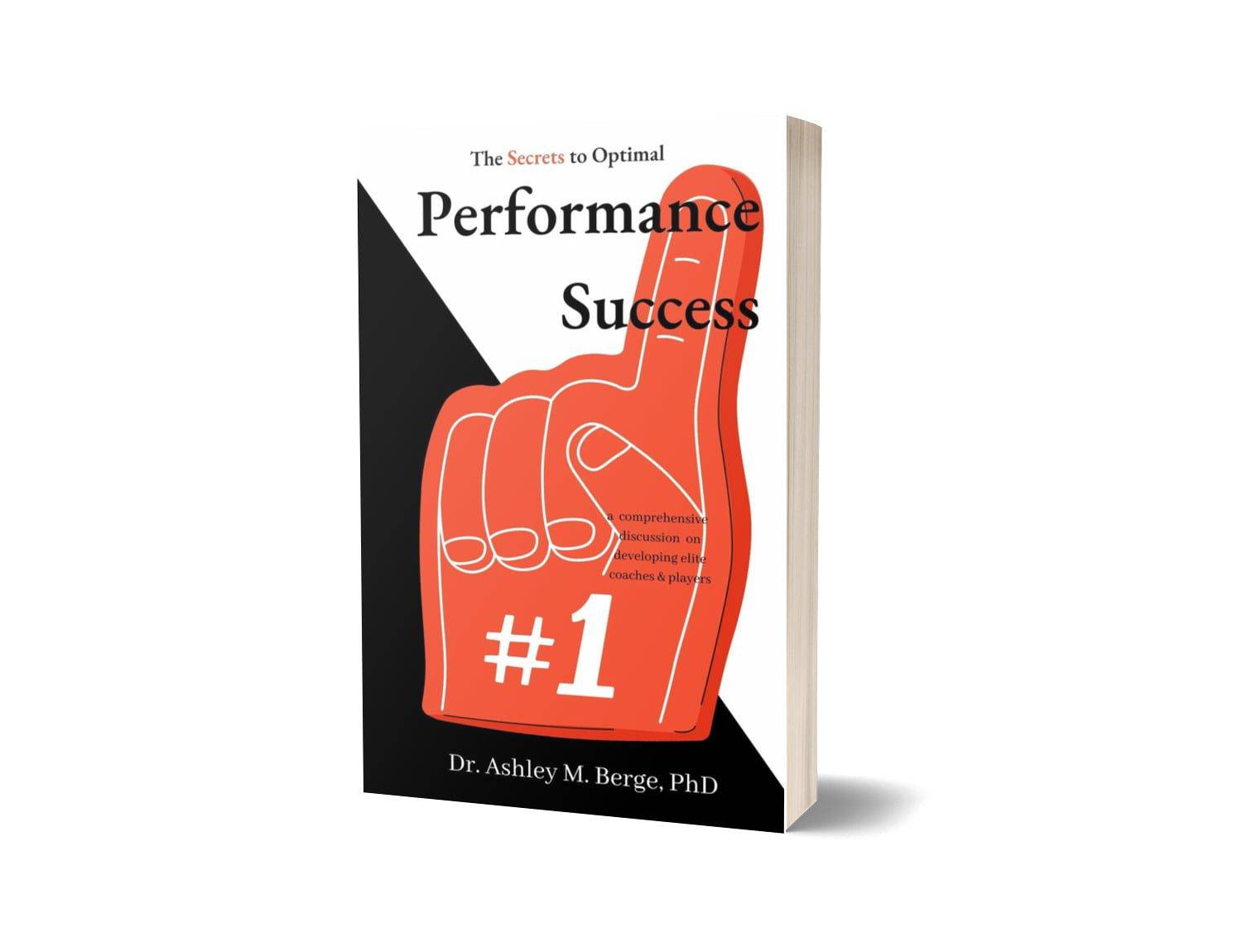
Truth be told most techniques in tennis have a correlation with the development of an injury over the course of a players/athletes career if not modified and/or amended for that specific player/athlete. It is that simple. The majority of these players are taught a specific technique to ‘play’ the game and yet these techniques are one and the same in the onset of injury. Ironically, players within the developmental spectrum will not notice an immediate discomfort due to the somewhat pliability of their growing bodies. Unfortunately, once this development phase has run its cause the player becomes more susceptible to the very same technique they were taught years prior. But it doesn’t need to be this way.
The principles of human movement are readily available for all and to help navigate the core principles that are responsible for the development of the respective discrete and serial skills…
To read the full article please consider supporting my work through my new Book (pending release late 2024) that incorporates a variety of my writing — Dr Berge
To learn more about our data, predictive analytics and how to optimise your own performance, head on over to AM8 International. To learn more about AM8 International check out our selection of Books and/or options to join Dr B’s Pack to gain exclusive access to the best in the world. Not quite ready? Head on over to Beyond Top 10 Tennis for free access to 100+ episodes directly from Dr Berge of what it really takes to win multiple Grand Slams to securing that Top 10 tennis ranking with new episodes each week. More? Catch up on our Tips over on TikTok, Twitter, Threads or Instagram for quick snippets to apply in your game, today.


















